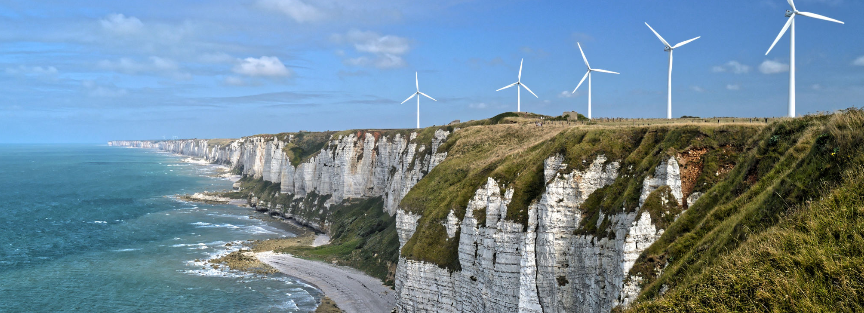UK and EU Renewable Energy Sector
EU Market Developments:
Across the European Union, Q2 2024 has shown incremental progress amidst enduring geopolitical tensions and economic uncertainties. The commitment to the European Green Deal has provided a sturdy foundation, catalysing advancements in renewable energy initiatives across member states. Italy and Spain have emerged as robust centres for renewable energy projects, experiencing heightened activity and increased investment. In France, there has been significant hiring activity driven by a surge in renewable initiatives, underpinned by supportive governmental policies. Meanwhile, the Nordic countries have reinforced their leadership in hydro and battery technologies, marking substantial strides in these pivotal sectors.
However, the onshore wind sector in Europe continues to face persistent challenges, particularly in recruitment. A noticeable lack of interest in this segment reflects broader market saturation and ongoing operational hurdles. Furthermore, diversity in experience and retention structures remain limited across the region, contributing to candidate frustrations amidst competitive market conditions. These factors highlight the need for strategic measures to enhance sector attractiveness and bolster retention efforts across the European renewable energy landscape.

UK Market Developments:
In the UK, the renewable energy sector is diversifying with increased investments in renewable heat and battery storage. Favourable policies and decreasing costs have spurred a surge in solar projects, while advancements in energy storage have improved grid stability, solidifying the UK's position as a leader in this field. Offshore wind remains central to the UK's strategy, with significant infrastructure investments. However, grid congestion poses a major challenge, necessitating solutions to sustain renewable energy deployment for both new and existing projects.
A recent study revealed that two-thirds of onshore renewable project applications fail at the planning stage, often due to speculative applications clogging the grid connections queue. This discrepancy between project applications and actual connectable capacity underscores operational challenges within the sector.
The UK has also seen a notable increase in open-to-work candidates in Q2, reflecting dissatisfaction or a desire for new opportunities within the sector. This trend highlights ongoing challenges in market risks and talent management. Additionally, recent acquisitions have introduced new dynamics, presenting integration challenges and sometimes dissatisfaction among companies as they merge into new groups.

Hiring Landscape:
The hiring landscape in Q2 reflects the complexities of the current economic climate. A a surge in recruitment at the end of last year focused on junior positions to manage costs while sustaining project development efforts. However, this influx of junior hires has created a gap in strategic and decision-making roles. As companies paused extensive hiring campaigns, the market now faces a shortage of senior professionals with matched expectations. This shortage underscores a critical issue where expectations regarding responsibilities and salaries are not aligning with market demands, particularly as the sector evolves rapidly with technological advancements. This dynamic suggests a potential rise in senior hires in the upcoming quarter, as organizations recognize the need for experienced leaders to navigate the evolving market complexities.
In both the UK and the EU, there is a growing realization of the need for flexibility regarding specific experience in hiring practices. As like-for-like replacements become increasingly difficult to find, companies must embrace candidates from diverse backgrounds. It’s crucial to understand that the best candidates often come from unexpected places. Organizations should remain open to different experiences and perspectives, focusing on candidates who see the company and role as better opportunities compared to their current positions. This approach not only broadens the talent pool but also reduces hiring risks by attracting individuals genuinely motivated by the opportunity offered.
The second quarter of 2024 has been a period of cautious optimism and strategic growth for the renewable energy markets in both the UK and the EU. Despite ongoing economic and geopolitical challenges, the commitment to renewable energy targets remains a driving force behind significant investments and technological advancements. However, the upcoming elections have introduced political uncertainties, with varying commitments to energy transition and net-zero goals among political parties shaping future trajectories and influencing the efforts and investments of both the public and private sectors.




